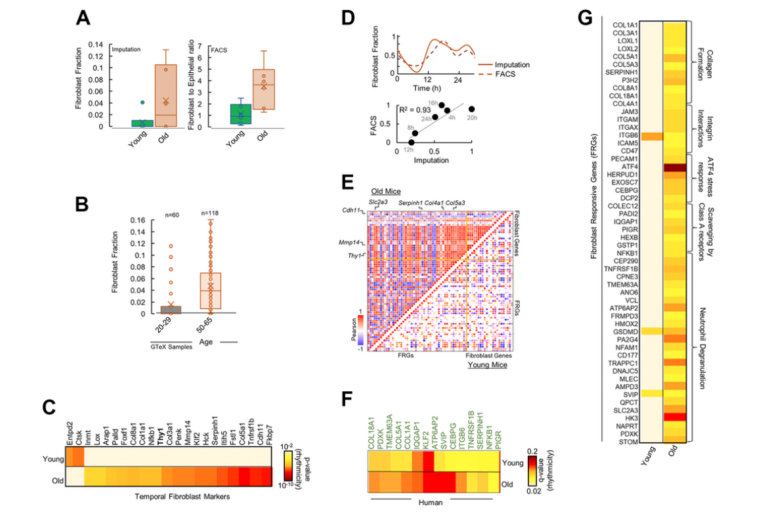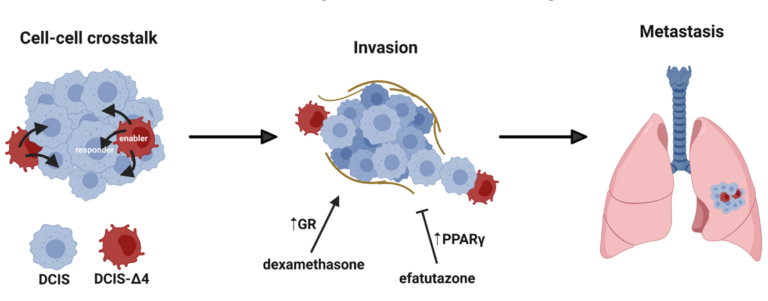“Such knowledge on physiological decline throughout pregnancy and the remarkable rejuvenation right after delivery will assist with revolutionizing our approach to treating the elderly.”
BUFFALO, NY- September 6, 2023 – A new research paper was published in Aging (listed by MEDLINE/PubMed as “Aging (Albany NY)” and “Aging-US” by Web of Science) Volume 15, Issue 16, entitled, “Copy number variation as a tool for implementing pregnancy as an aging model.”
Copy number variations (CNV) are a major contributor to genome variability. CNVs have been linked to aging and other degradable phenotypes such as pregnancy physiology. In this new study, researchers Mariana Andrawus, Lital Sharvit, Noga Touitou, Batia Lerrer, Haim Y. Cohen, and Gil Atzmon from the University of Haifa and Bar-Ilan University used CNVs from pregnant mice to demonstrate how pregnancy can be used as a model of aging.
“We hypothesize that pregnancy can serve as a model for aging by demonstrating similar biomarkers, pathologies, and genetic and epigenetic effects [3]. To test this hypothesis, we designed a study that assesses CNVs associated with human longevity (unpublished results) in pregnancy.”
Candidate CNVs were selected by applying case-control analysis in human centenarians compared with control groups. These CNVs were aligned with the mouse genome and their copy variation was assessed using qRT-PCR in liver and blood tissue samples from pregnant mice throughout pregnancy (baseline; first, second, and third trimester; post-partum). Eight of the ten selected CNVs demonstrated a significant decline/increase trend throughout the pregnancy followed by opposite direction soon after delivery in the liver and blood of the mouse tissues.
Furthermore, significant differential expression was detected among the candidate CNVs’ close vicinity genes (APA2A, LSS, RBDHF1, PLAAT1, and SCL17A2), but not in the WSCD2 gene. Establishing a genetic link between longevity and pregnancy is a significant step toward implementing the pregnancy process as a model for aging. These results in pregnant mice highlight the mechanism and similarities between pregnancy and aging.
“Investigating the mechanisms that cause such rejuvenation after labor could change our aging treatment paradigm.”
Read the full study: DOI: https://doi.org/10.18632/aging.204936
Corresponding Author: Gil Atzmon
Corresponding Email: gatzmon@univ.haifa.ac.il
Keywords: aging, pregnancy, copy number variation, gene expression
Sign up for free Altmetric alerts about this article: https://aging.altmetric.com/details/email_updates?id=10.18632%2Faging.https://doi.org/10.18632/aging.204936
About Aging: Launched in 2009, Aging (Aging-US) publishes papers of general interest and biological significance in all fields of aging research and age-related diseases, including cancer—and now, with a special focus on COVID-19 vulnerability as an age-dependent syndrome. Topics in Aging go beyond traditional gerontology, including, but not limited to, cellular and molecular biology, human age-related diseases, pathology in model organisms, signal transduction pathways (e.g., p53, sirtuins, and PI-3K/AKT/mTOR, among others), and approaches to modulating these signaling pathways.
Please visit our website at www.Aging-US.com and connect with us:
Click here to subscribe to Aging publication updates.
For media inquiries, please contact media@impactjournals.com.

